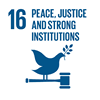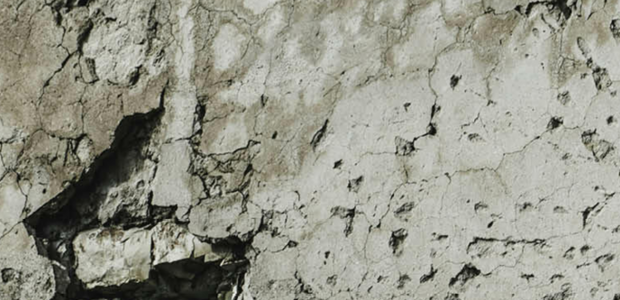This project focuses on analyzing trends, causes, and consequences of observed poverty divergence between conflict-affected and peaceful settings.
Over half of the world's extreme poor reside in fragile states. This number is projected to rise to 60% by 2030. Conflicts generate humanitarian crises, displacing millions and straining economies, and often transcend borders, impacting global stability and prosperity.
This project aims to understand the complex drivers of poverty and development disparities between peaceful and conflict-affected countries through three key questions:
- What is the poverty gap between conflict-affected and peaceful countries, and how is this gap projected to evolve over the next 20 years in light of the outbreak of new internal conflicts across regions like the Sahel, Middle East, Ethiopia and Sudan, as well as rising political instability in other Global South countries?
- How do climate shocks and other intersecting factors like rising food prices and living costs worldwide exacerbate this poverty gap?
- How have cycles of poverty and political violence been influenced, and how might they continue to be affected by ongoing conflicts, including the war in Ukraine and emerging regional conflicts across the Middle East and northern and southern Africa?
Watch this space
All papers, events, briefs, blog posts, and opportunities to engage relating to the project will be available on this webpage.
This project contributes to producing new, cutting edge knowledge on the links between poverty and conflict. The knowledge is published in the form of open access working papers, reports and briefs, and serves as an important input to major UN events.

 Join the network
Join the network


